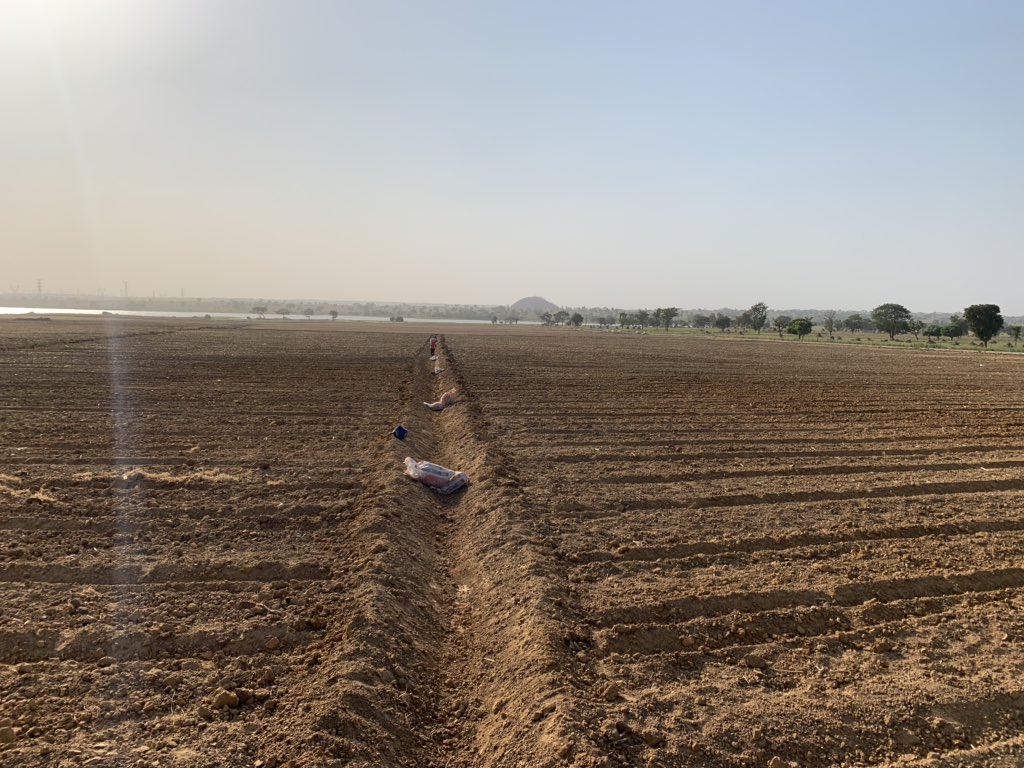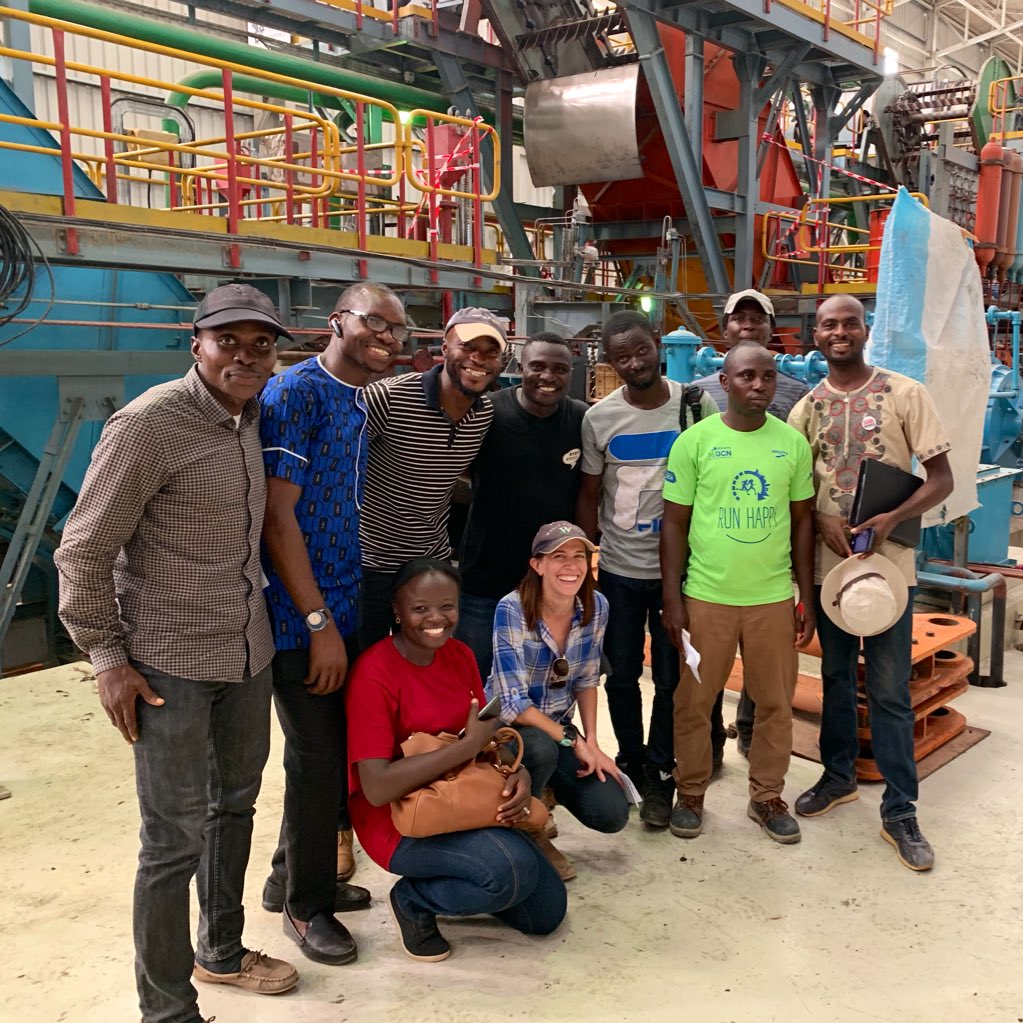
Tomato Jos is an agricultural production company that believes in the power of making local food products for local consumption. RC 1226113
How to get URL link on X (Twitter) App



 This season we are going to try to use siphon pipes in our irrigation system. Who here knows what a siphon pipe is? Well, don’t worry: we are going to teach you. Essentially, a siphon pipe is a curved pipe which conveys water from a higher altitude to a lower altitude.
This season we are going to try to use siphon pipes in our irrigation system. Who here knows what a siphon pipe is? Well, don’t worry: we are going to teach you. Essentially, a siphon pipe is a curved pipe which conveys water from a higher altitude to a lower altitude. 



 We use a type of peat moss (not pat moose 😉) that we bring into the country from Europe. We have tried other types of potting substrate including coco peat and a mixture of soil and manure, but have found that for us, this product works best. It’s highly water absorbent. 💧💦
We use a type of peat moss (not pat moose 😉) that we bring into the country from Europe. We have tried other types of potting substrate including coco peat and a mixture of soil and manure, but have found that for us, this product works best. It’s highly water absorbent. 💧💦

https://twitter.com/teamtomatojos/status/1121700977428652032First, farm labor: this farm found that decentralizing the recruitment of casual labor made it much easier to find workers, and to hold them accountable to the work. Rather than having HR source the labor, the people who need them to get their work done should be responsible.